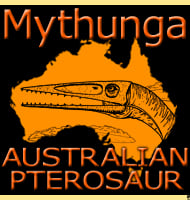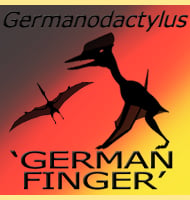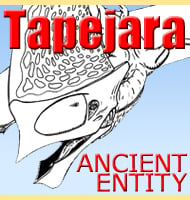Leptostomia
In Depth Leptostomia is a genus of pterosaur that lived in North Africa during the Cretaceous, possibly at the boundary of the early and late periods of the Cretaceous. Leptostomia is thought to have been a small pterosaur, possibly possessing a very slim elongated beak. This might have been a feeding adaptation for probing into … Read more


